AIRCOAT Project comes to an end: Final Results and Policy Brief
TUESDAY 3 MAY 2022
To mark the end of the project, AIRCOAT presented its research approach, developments, and final results on Wednesday 16 March 2022 at its Virtual Final Event during Oceanology International in London. A recording of the event can be located on the event website.
The results presented at the event are the culmination of 4 years of collaborative work by the AIRCOAT partners: Fraunhofer CML, Karlsruher Institut für Technologie-KIT, Biomimetics Innovation Center – University of Applied Science Bremen, PPG, Finnish Meteorological Institute, AquaBioTech Group, HSVA, Avery Dennison, Danaos, and REVOLVE. The AIRCOAT technology, which consists of a self-adhesive structured foil that retains air when submerged underwater, aims to prevent biofouling (accumulation of microorganisms, plants, algae, or small animals) and reduce drag, thus increasing fuel efficiency and reducing gas emissions of maritime shipping.
The AIRCOAT final event included the presentation of project results and methodology, including the variety of different surface structures that the research team developed, produced, and studied. Two ships were coated with AIRCOAT during the project: on a small research vessel in Malta, and on a container ship in Romania. Testing revealed that the AIRCOAT foil was successful in creating a full air layer upon contact with water. Near- operational hydrodynamic experiments showed a frictional drag reduction of about 10%. The durability of the air layer across different environments remains an important challenge and an area requiring further study.
Over the course of the project, a number of reports, articles, publications, and videos have been developed and are available on the AIRCOAT website.
The project closed officially in Hamburg (Germany) during the Final Consortium meeting that took place on April 27-28.
POLICY BRIEF
Stemming from the project’s work, the AIRCOAT team developed the policy brief, “Shipping decarbonisation shout for new technologies: developing passive air lubrication”, to contextualise the broader relevance of the AIRCOAT technology and highlight the need for further research.
With the greenhouse gas (GHG) emissions reduction goal of achieving net zero by 2050, as outlined in the European Green Deal, the maritime shipping industry must reduce emissions: 50% by 2030 and 90% by 2050. This cannot be achieved by a single measure alone.
Ship resistance reduction measures (via advanced coatings, air lubrication, hull management of biofouling, hull form design) are necessary drivers available to reduce emissions today. Ship owners cannot alone focus on alternative fuels, which will not be available in the medium-term in large quantities, and slow steaming which is well understood but will increase delivery times and the number of ships needed for transport. Therefore, the need for resistance reduction measures is high now.
To realise market-ready innovative solution, longer research time-frames and incremental funding are necessary to allow for further improvements on real-world testing that is appropriate for the two-decade life cycle of ships.
Read the full brief here.
ABOUT AIRCOAT
AIRCOAT aims to reduce energy consumption and maritime emissions, as defined by the EU Green Deal looking to reduce greenhouse gas emission for the shipping industry by 40% by 2030. The air barrier created by the AIRCOAT foil limits the attachment of fouling and the potential for invasive species translocation. The produced air layer of the AIRCOAT foil reduces frictional resistance. The AIRCOAT foil will also help to avoid the release of biocide substances of underlying coatings to the water and mitigate the radiation of ship noise, something that has detrimental effects on marine life such as cetaceans. The project helps advance and validate environmentally friendly initiatives within the maritime industry, paving the way for further marine research initiatives that reduce our carbon footprint in the oceans.
CONTACTS
Project Coordinator
Johannes Oeffner
Fraunhofer CML
johannes.oeffner@cml.fraunhofer.de
Communications Manager
Clémence Contant
REVOLVE
clemence@revolve.media
Read more on www.aircoat.eu


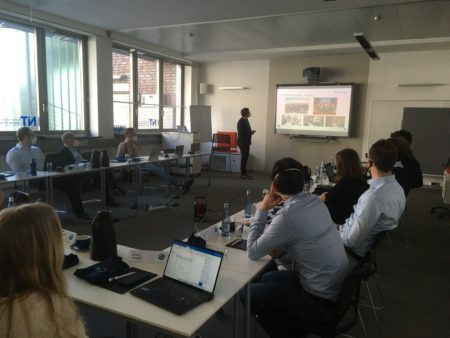
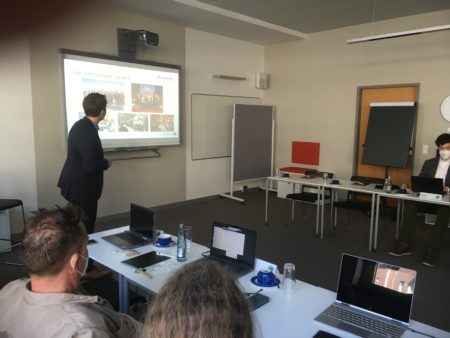
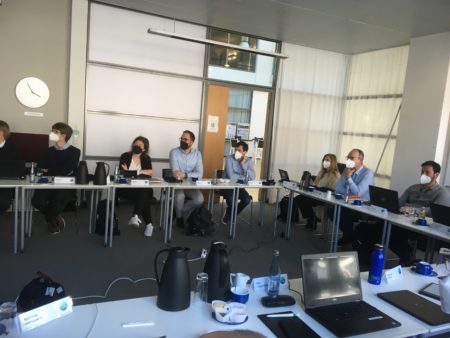
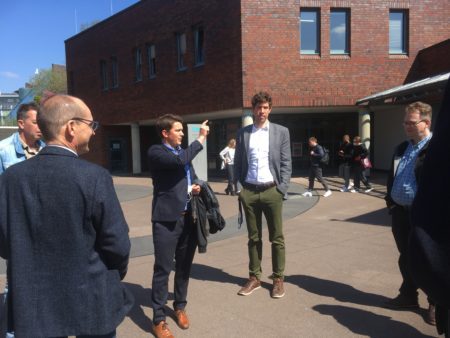
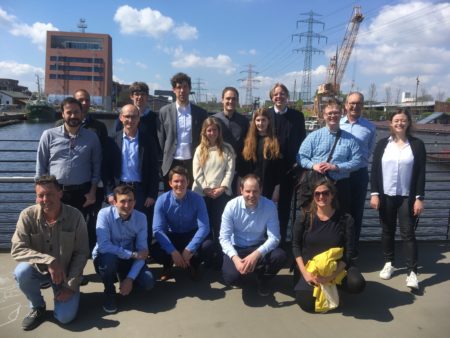
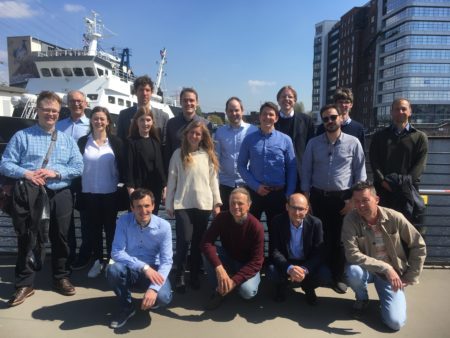
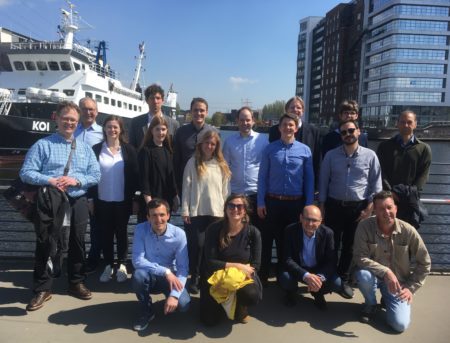
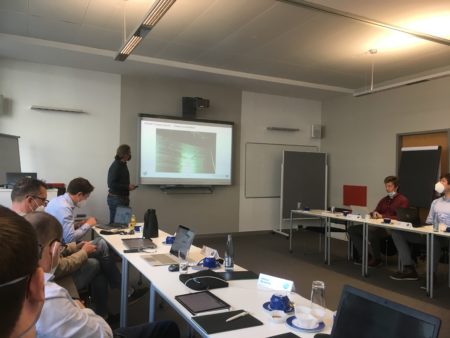
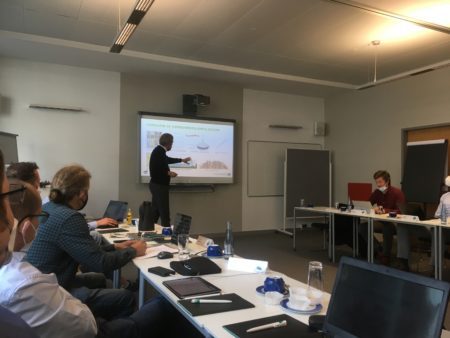
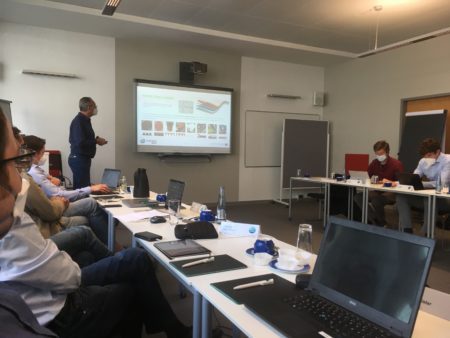
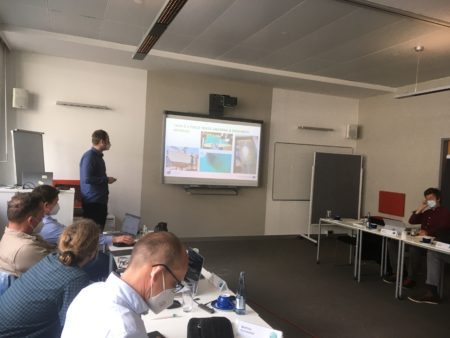
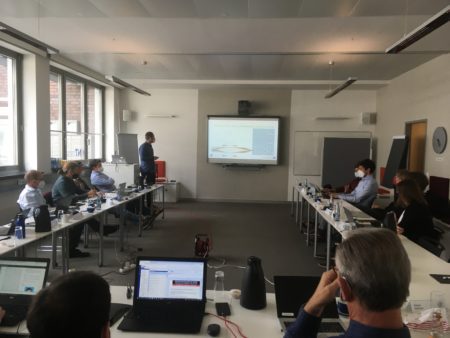
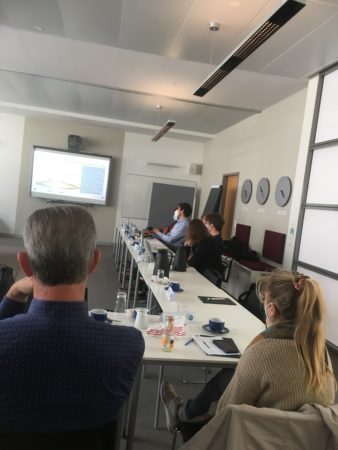
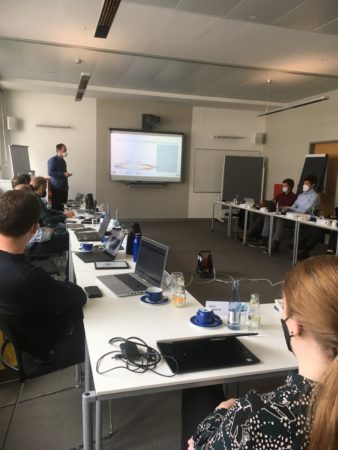
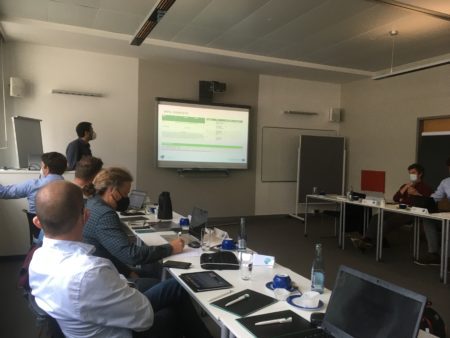
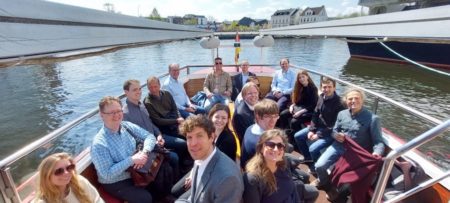
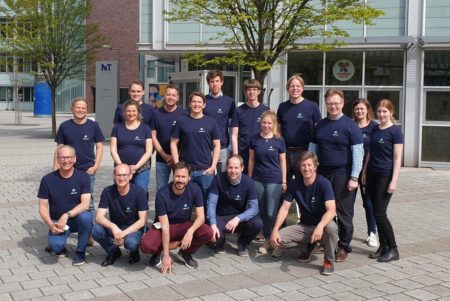
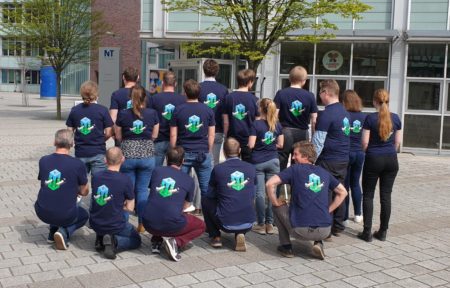
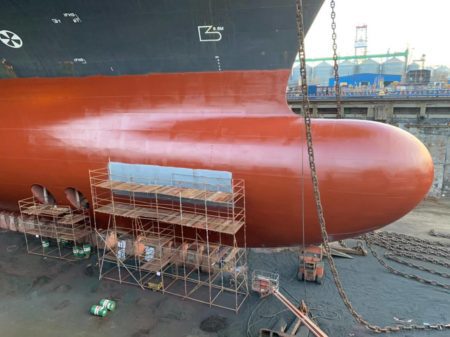
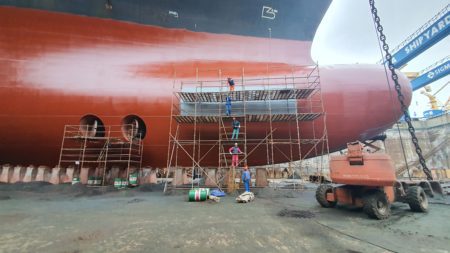
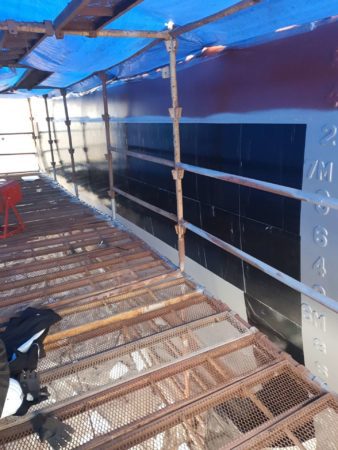
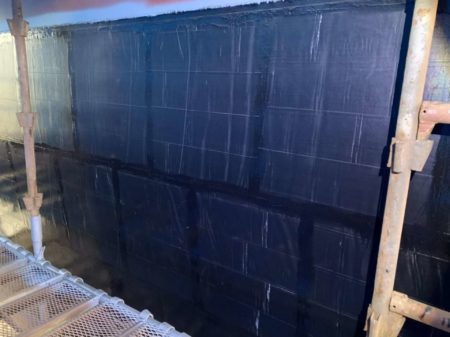
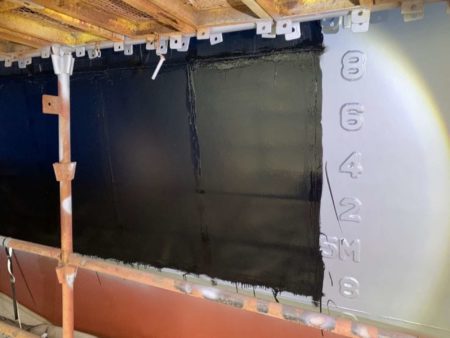
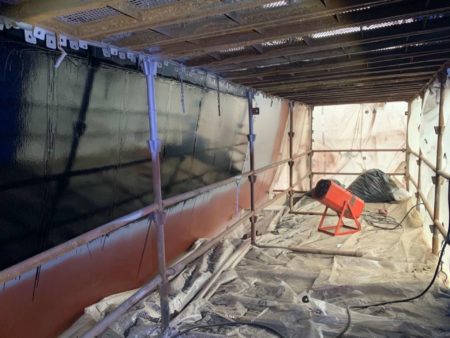
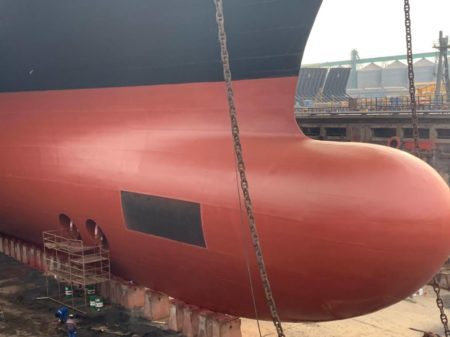
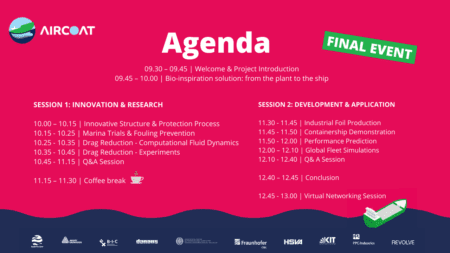











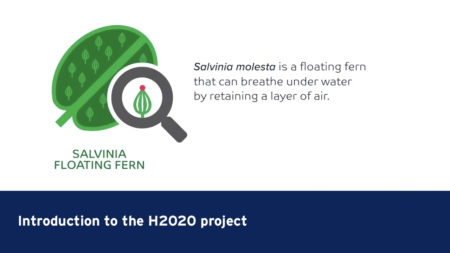
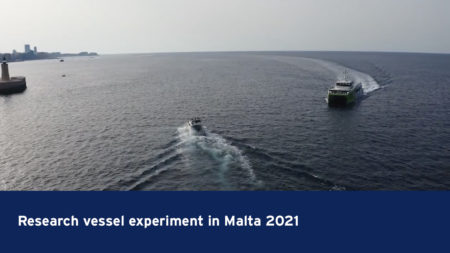
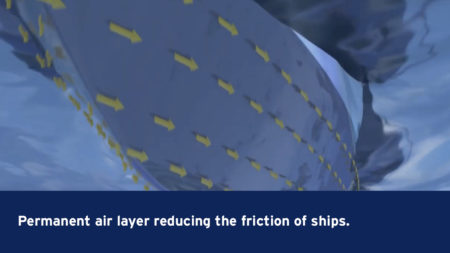
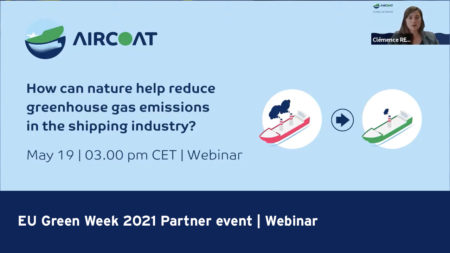
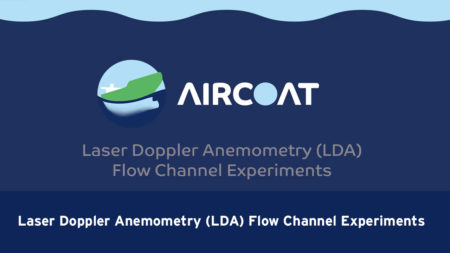
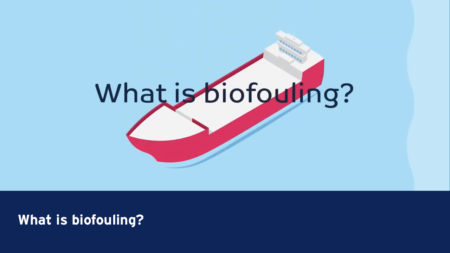
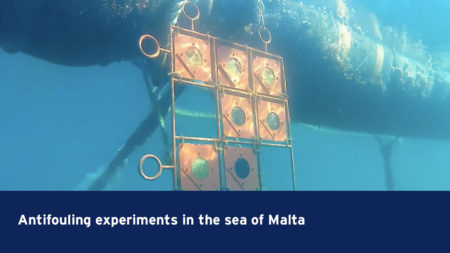
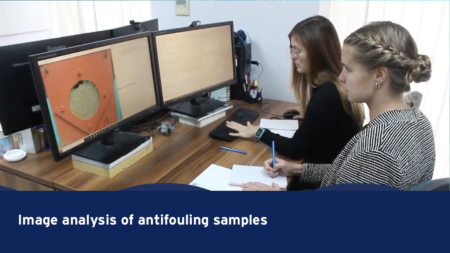
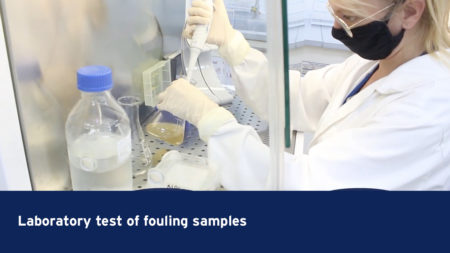
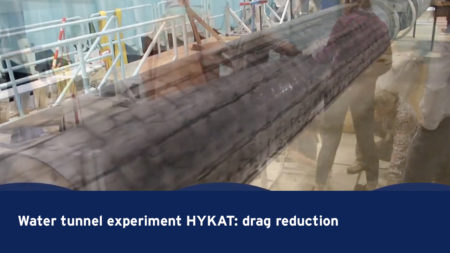
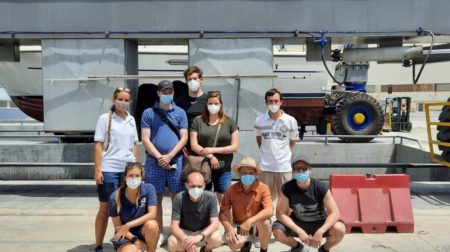
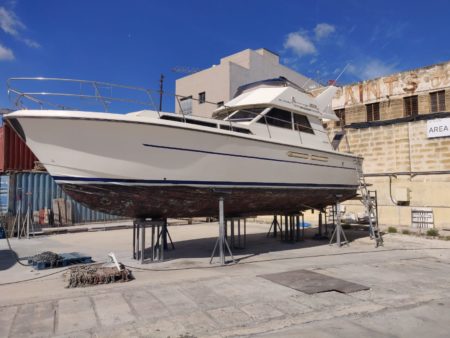

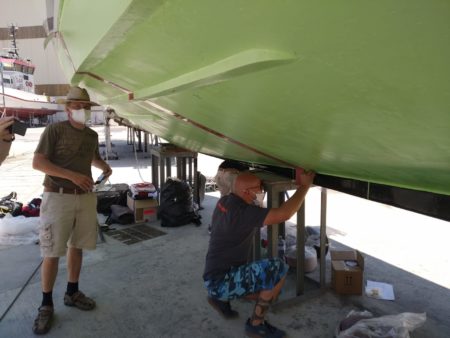
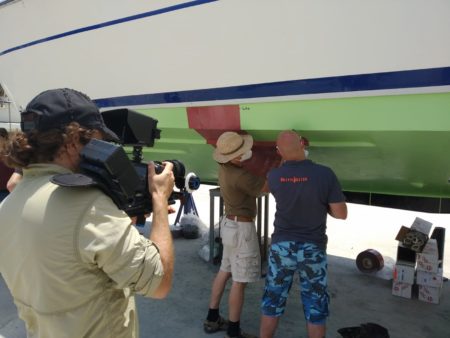
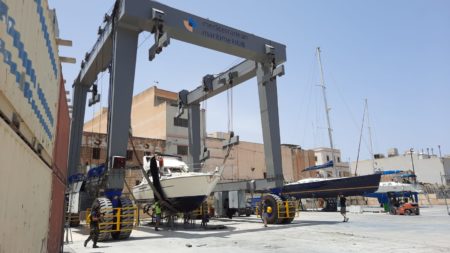

 As part of the
As part of the